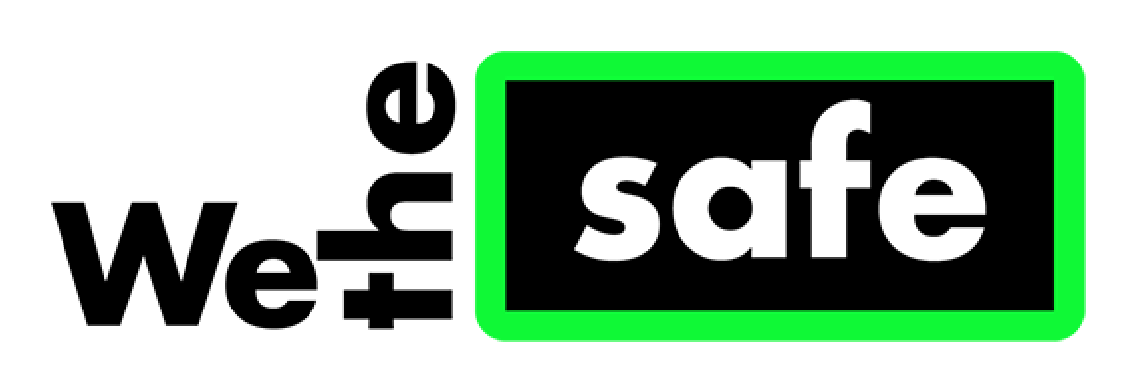There has been a few guidelines changes these past two months. Among the more significant changes is the new guideline G11.2(6)-1 Instruction in fall protection system that provides a minimum acceptable guideline for Fall Protection training.
The guideline lists the below topics, adding that it is “not adequate to simply have workers complete a fall protection training course”, and that training must be complimented with site-specific instructions. The guideline states that “The instruction must be specific to the area where the risk of falling exists and must include the particular work procedures to be used at the worksite.” and that “All workers required to work in an area where a fall could occur must receive appropriate instruction before being allowed to enter the area.”
List of topics:
- Instruction on the type of fall protection system
- Review of manufacturer’s instructions (or a professional engineer’s instruction) related to the fall protection system and equipment (these instructions should be available on site for review and should include information on proper use, installation, inspection, maintenance and storage of equipment, criteria for taking the equipment out of service, etc.)
- Proper methods of donning, doffing, adjusting, and interconnecting of any personal protective equipment that is part of the fall protection system
- Proper attachment points on the equipment
- Compatibility of components of the system
- Limitations of the system
- Anchor installation (including anchorage criteria), use, attachment points, maintenance, inspection, strength, etc.
- Anchor layout
- Any procedures to be followed for the specific fall protection system and/or worksite
- Any fall protection plans (if required)
- Emergency rescue procedures
What to do about the changes?
- Confirm fall protection plans are site specific, contain the required information above.
- Confirm any worker at height has been trained in fall protection and has signed off on a fall protection plan applicable to their scope of work.
- Confirm procedures for work typically done at height identifies the hazard and provides instructions to workers on fall protection. Or references an applicable FPP, and confirm that FPP exists.
- Request from trades/employers on site the Fall protection training outline of the providers they choose. Specially if a worker shows you a fall protection ticket that doesn’t seem to be from a reputable source, or done online.
You can see all the changes that happened in 2019 through this link.
Click here to see how our training meets and exceeds the guideline.
